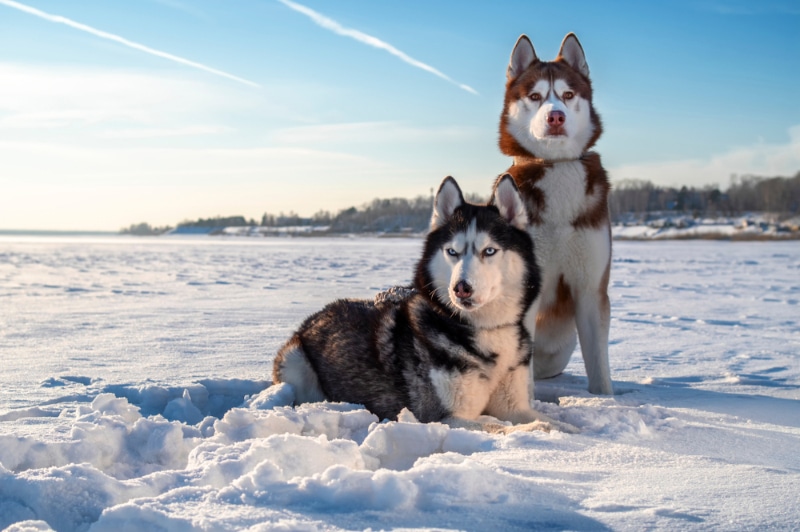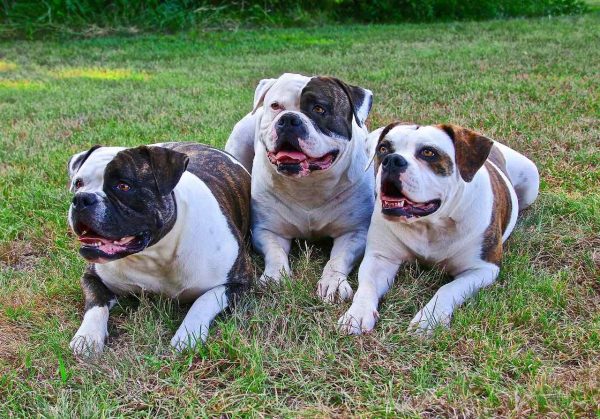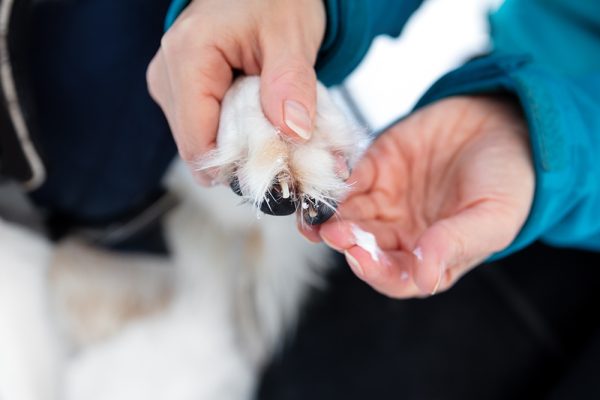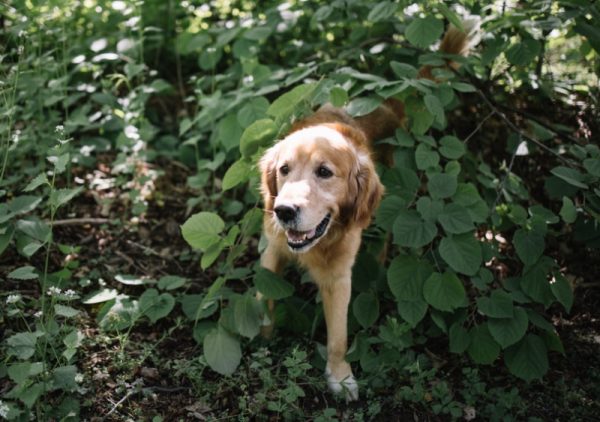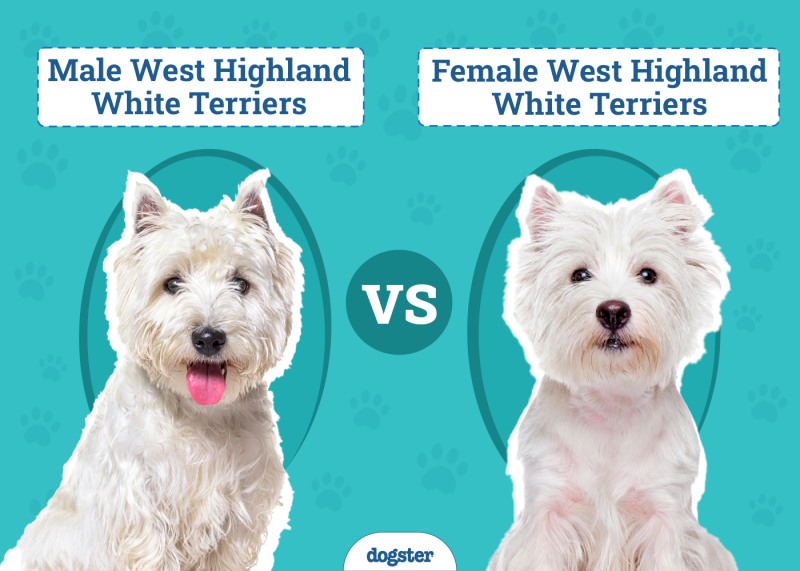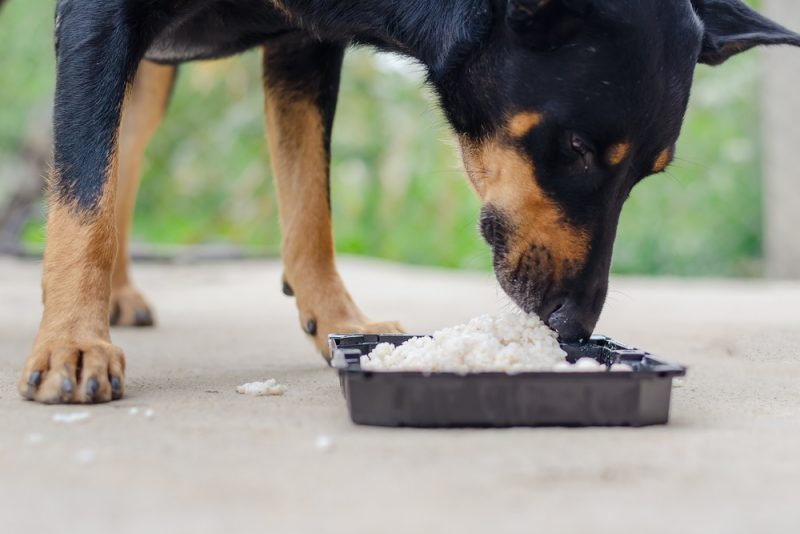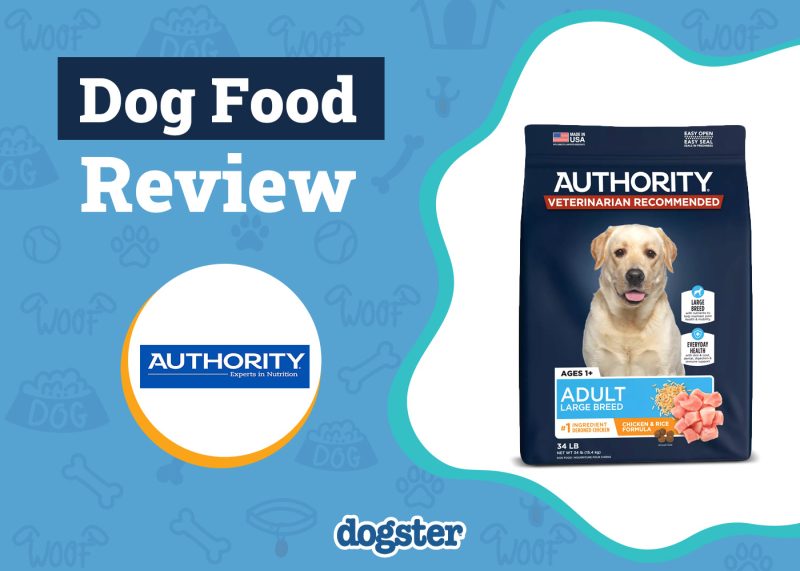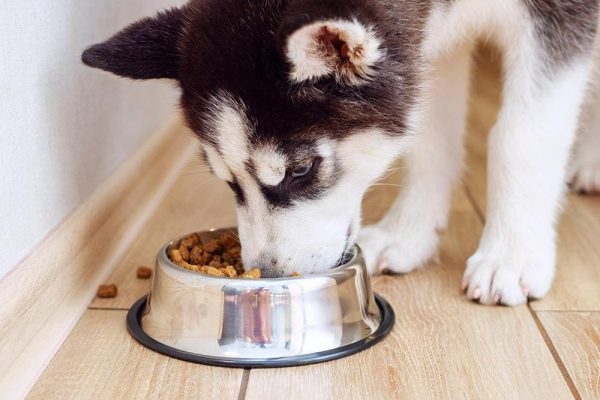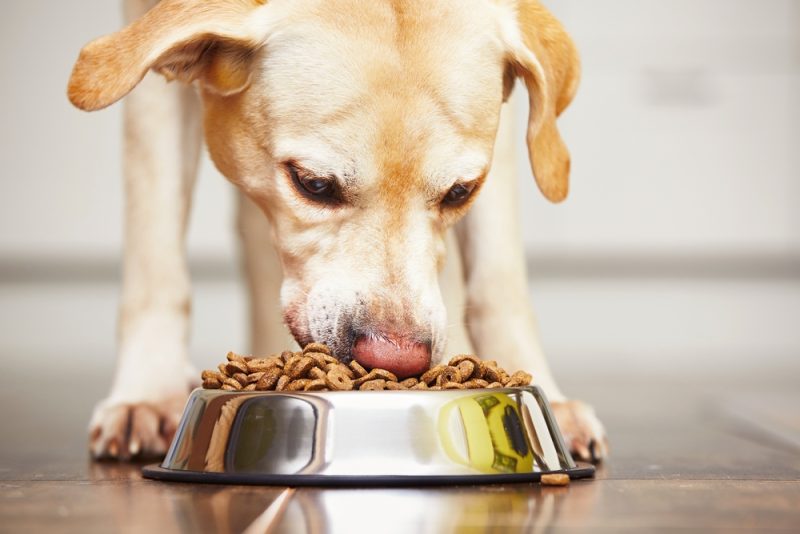Their piercing blue eyes, pointy ears, and fluffy coats are some of the many striking features of Huskies, but it is their ability to work, play, and survive in cold weather extremes that are truly impressive. Because Huskies originated from northern, sub zero climates, they tend to prefer the cold and quickly adapt to the change of season when winter rolls around. In warmer months, they have to shed their thick coats so as not to overheat, which means regular brushings are a must!
These dogs have several features that help them survive in the cold, such as their thick coats, bushy tails, extra furry ears, and more! Keep reading as we discuss these features, as well as how to tell if your Husky is too cold.

How Do Huskies Survive the Cold?
1. They’ve Got Thick Coats
Huskies are always ready for the cold because they have got permanently thick coats that help keep them warm. Their coats consist of an undercoat and guard hairs, which shed twice a year.
The purpose of the undercoat is to help Huskies retain body heat, while the purpose of the guard hairs is to repel water and keep them dry in the snow. It also helps trap heat. These double-layered coats are cold-tolerant, which allows them to cope and even thrive in the cold.
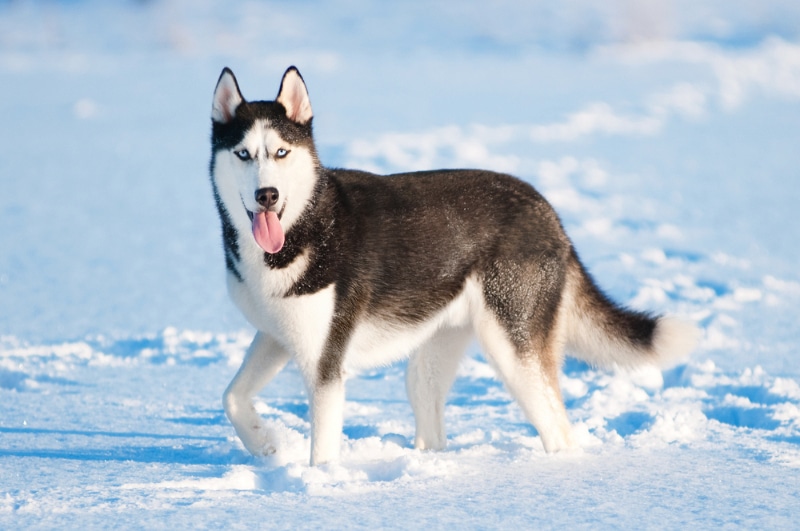
2. Their Size Helps
At full size, Huskies are about 20–23.5 inches tall and can weigh between 35–60 pounds. The size of the surface area of a dog’s body to the volume ratio of their mass plays a role in how much body heat the dog will lose. Smaller dogs lose more heat than larger dogs and, therefore, get colder faster than larger dogs. Huskies are a medium-sized breed, which means that they won’t lose as much heat.
3. They’re Conditioned
Huskies were bred for the cold, and those who have grown up in cold weather are especially used to it as their bodies have been conditioned for the cold. Dogs that are accustomed to cold weather extremes handle cold weather better than those that are not.
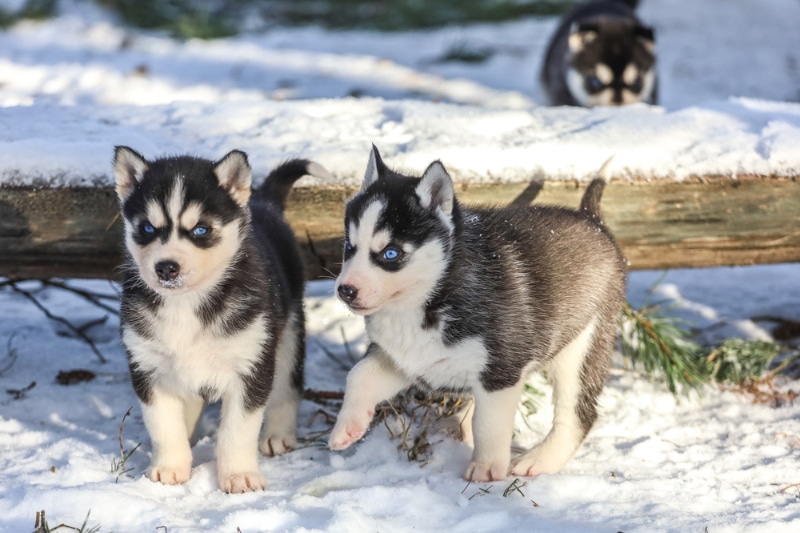
4. Their Sleep Position Is Strategic
In cold temperatures, Huskies curl up into a ball to sleep. They do this to conserve body heat, as keeping all their body parts close together will prevent heat from escaping. When curled up, Huskies usually tuck their nose between their hind leg and tail, which protects their noses from the cold and allows them to breathe in warm air.
Huskies have big, bushy tails that help with balance, communicating, and shooing away pests. However, Huskies also use their tails to cover their faces from the cold when they sleep.
5. They’ve Got Built-In Earmuffs
A Husky’s ears are large and pointy—and they have a lot of short, soft fur around them. Although the ears are one of the most vulnerable parts of the body to frostbite, Huskies are less prone to frostbite because of the dense hair on and inside of their ears. This fur acts the same way as earmuffs do—they retain heat and protect their ears from the cold.
However, it’s important to know that Huskies aren’t immune to frostbite and run the risk of developing it, as well as hypothermia if they’re left out in extremely cold temperatures for long periods of time.
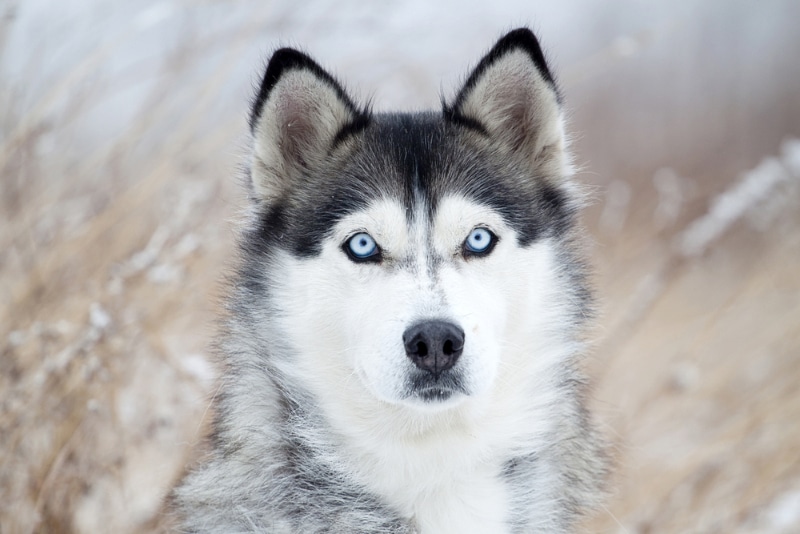
6. Their Paws Were Built for Snow
Huskies have furry paws, which means less skin that is exposed to the elements. That said, even Huskies can benefit from booties in the right conditions!

What Temperature Is Too Cold for Huskies?
Huskies are known to thrive in the cold, but there are limits. Some studies have examined dogs in weather temperatures of -7 degrees Fahrenheit. However, if these dogs are left outside in these temperatures for long periods of time, they may succumb to frostbite or hypothermia, or other injuries.
Signs of Hypothermia
When a dog’s core temperature drops below 95 degrees Fahrenheit, mild hypothermia is likely present. The more their body temperature drops, the more severe the hypothermia.
If your has been outside and is shivering or curling up to get warm, you can bring them into a warm room and cover them with a blanket. If you find a Husky in extremely cold temperatures who you think might have an advanced stage of hypothermia, you need to get them to an animal hospital right away for treatment, because failing to do so may result in death.

Conclusion
Huskies survive in the cold because their bodies are built for it. They have thick, double-layered coats that keep them warm, their size stops them from losing a lot of body heat, they’ve been conditioned for it, they sleep in curled-up balls to retain heat, their ears and paws have dense fur.
Although these dogs can tolerate cold temperatures, they shouldn’t be left in extremely cold conditions for long periods of time as they will be at risk of getting hypothermia, just like any dog.
Featured Konstantin Zaykov, Shutterstock
